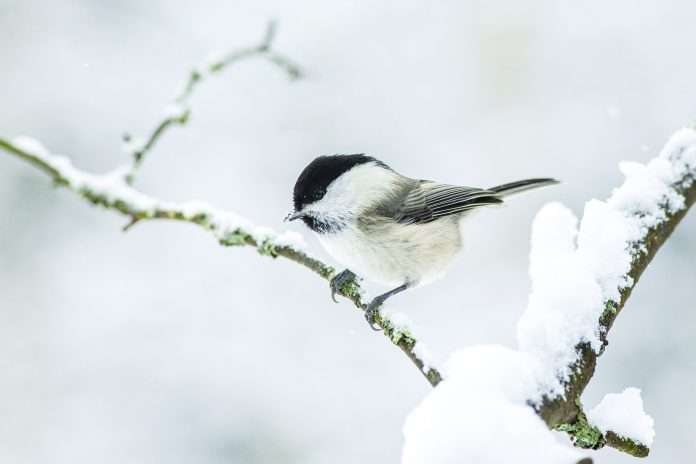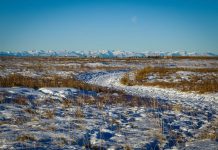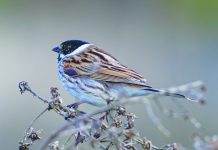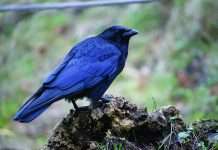Natural parkland is green space with a (relatively) low level of maintenance and natural or naturalizing vegetation. Natural areas are accessible (by trail networks) or have limited/little public access. A master plan deals with current and future needs by population for park/greenspace. The Municipal Protected Areas Program demonstrates how biodiversity will be protected, conservation lands connected, and how Canadians will gain an appreciation for local nature. A Municipal Eco Toolkit by the Miistakis Institute for Alberta municipalities will help maintain their natural infrastructure systems (https://municipal30x30.ca/).
Nature Canada is building a web of partners to help Canada achieve its biodiversity conservation goals to protect 30% of land, water, and marine areas by 2030. As of 2022, Canada has only protected 13.7% of land. The Canadian City Parks Report surveyed 35 Canadian municipalities, 2,500+ residents of Canadian cities, as well as park staff and other professionals across the country. One-third of cities said addressing federal biodiversity and land protection goals are a high priority. When 81% of Canadians are living in urban areas, protecting land in urban areas is vital. Cities are in dire need of new space for parks. Park budgets are not keeping pace. Partnerships are critical when cities need policies and structures. Park issues are increasing and require more training and collaborations. Departmental structures can promote collaboration or disconnection. Some residents feel disempowered but still want to engage. Mental and physical health benefits are key although there is a lack of programs. There are nine case studies in the 2024 Report which includes analysis of key data from surveys of both municipal staff and residents of Canadian cities, for new and ongoing issues facing parks, and how to help city staff make better decisions about programs, policies, and funding. Read more at https://parkpeople.ca/.










